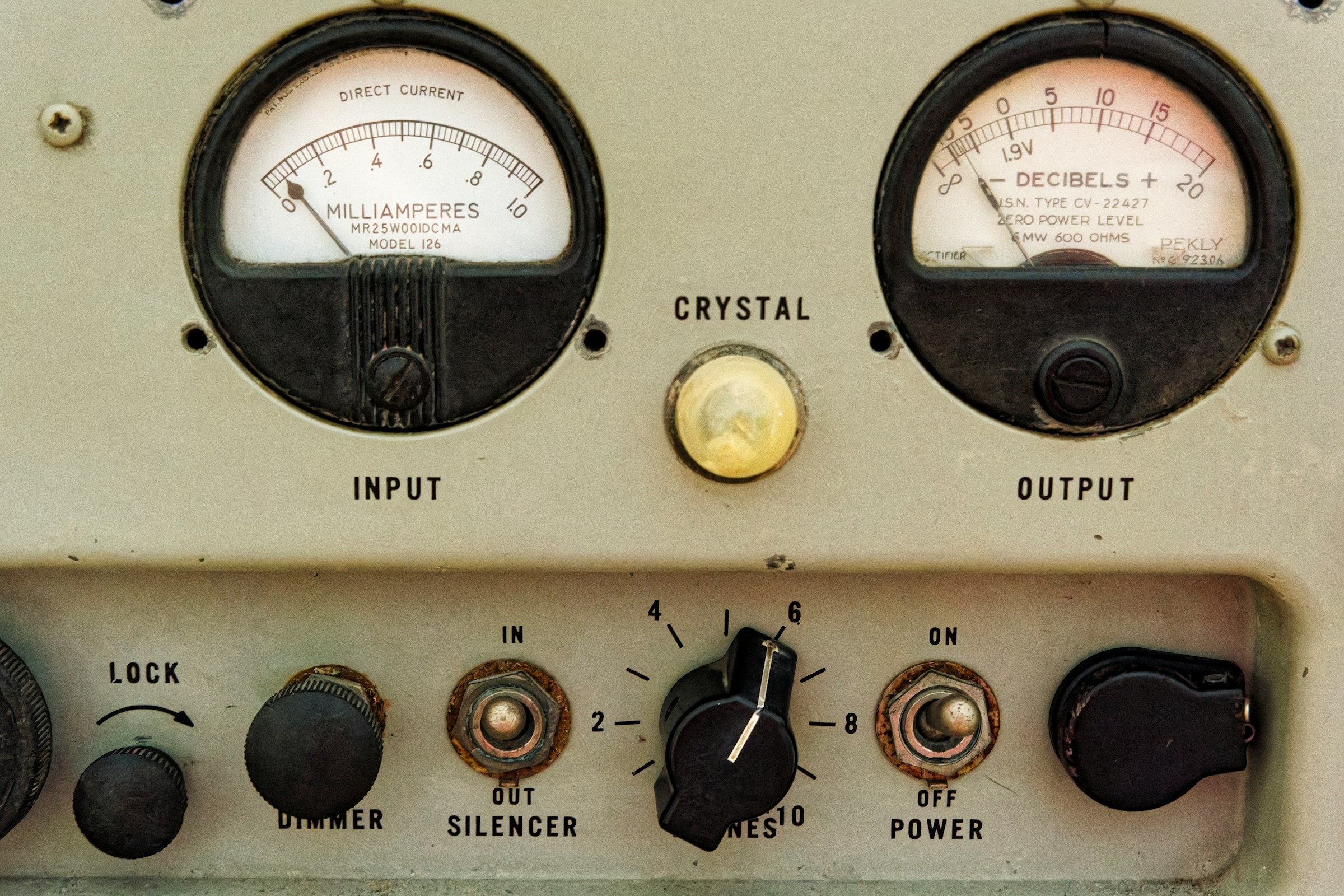Blog Posts
Signal to Noise Ratio
Mathematical formulas to enrich conversation
2025 Feb, 11thSometimes an idea colors your perspective so entirely, so completely that you can never see the world the same again. Like the first time you learn to see the negative space in a drawing class, you see new patterns and shapes where there were none before. Fresh perspective emerges whole from uncut cloth, from the very same material you had in your hands seconds before.1 For me, one such idea was thinking about my own signal-to-noise ratio in conversation. My first encounter with this idea was while playing a video game competitively - a ten player, arcade game called Killer Queen.
Killer Queen is a five-versus-five arcade game where each team pursues one of multiple victory conditions simultaneously in direct opposition. It's frenzied, chaotic and a whole lot of fun. My memories of playing the game consistently recall noise - from the constant button-tapping to my teammates crying out vital information, the opposing team's whoops, grunts and cheers, and the sharp, electronic sound effects of the game itself. Put ten people in a room and it seems inevitable that the conversation is loud and noisy.
How to Play Killer Queen Arcade by Killer Queen Flight School on YouTube
Each player had their brainspace overflowing with avoiding enemies, progressing their team goal, keeping an eye on the enemy, and seizing opportunities to stymie them.2 No one person had the space to absorb the game state wholly. You had to rely on the chatter of your teammates, and possibly your opponents, while also figuring out your own next move. Our first reaction was to then describe thoroughly, at all times, our individual narratives as we played. That's a lot of chatter between ten players.
The player community developed multiple pieces of shorthand callouts to share crucial bits of information succinctly. "I'm down!" any warrior that died would call out to let their queen player know they needed help coming back out as a warrior. "You're last!" meant that there was only one warrior left alive on the team - and without looking away, the player who was still a warrior knew it was them.
Charles, our professor and mentor for the game, then described this idea of signal to noise - with all ten people talking at once, each player had to parse out every spoken word (all signals) into useful information and non-useful information (noise). Having less noise is better because we want the team to act on vital information as soon and effectively as possible. How do we then reduce this signal to noise ratio? One option is to reduce the noise. The shorthand callouts did this by making the signals more efficient and compressing information into practiced habits: If ___ , then say ___.
The other option is to reduce the number of signals. Of course, we couldn't stop communicating fully because then our team wouldn't be able to coordinate. But I wondered if I could add a step to consider if what I was going to say would be useful to the team before I opened my mouth to say it. In some sense, could I put myself in their shoes and filter the noise before I sent the signal?
This idea seemed compelling to me even in regular conversation. I wondered, could I add a pause to think about whether my response was useful to the other person? Could I avoid my regular pattern of conversation by staying quiet a moment longer? Was I just complaining to the other person? Had I already conveyed the same thought to the other person before?

Photo by Eric Prouzet
This may seem like overthinking - but I found that focusing on those questions for even just a few weeks interrupted my regular pattern of conversations with friends and family in a productive way. It gave me enough pause to consider my interactions differently, and to value them because holding the words back meant I had to choose the ones I said carefully.
It was hard to keep up with such considered responses in the long-term but I think breaks from our usual patterns are always valuable. I would guess this is the reason why vipassana meditation3 is life-changing to those who practice it. You're forced to still your tongue and rewire the usual response. It forces you to grow and change. Even when we return to some previous status quo, we return with some vision of new paths untrodden, for us to explore if we so choose.

Railway tracks leading into the unknown, Photo by srg
1. Like a bubble popping.
2. Since playing Killer Queen, I’ve taken a 180-turn and believe that this busy design aesthetic makes for excellent game-feel. Trust your players to manage way more information overload than you think is possible — they’ll find a way.
3. Vipassana is a meditation practice where you don't speak nor interact with anyone else for days at a stretch, usually a ten-day stretch.